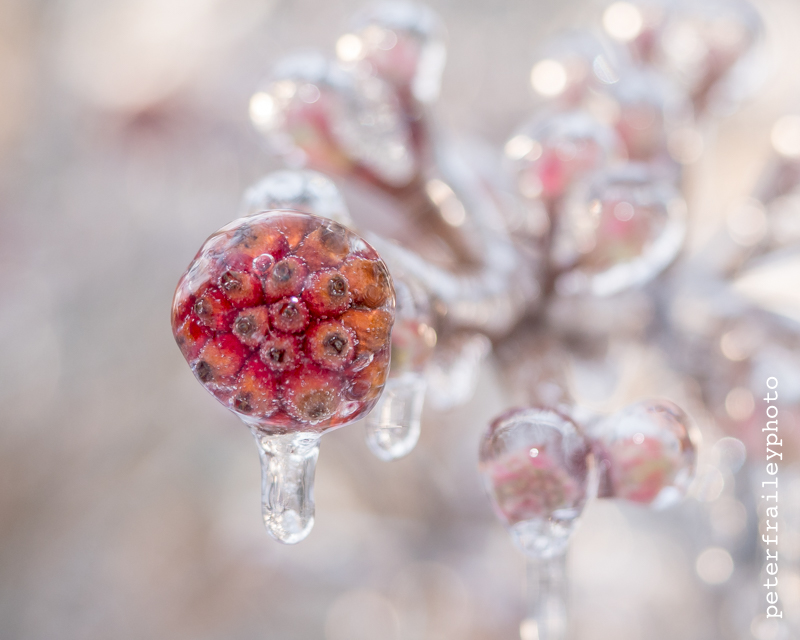Part 1 was about size and weight and one comment about sharpness....
Part 2 is about features and handling....
In my opinion the most wonderful thing about this lens is its flexibility. This is not just because of the wide range of focal lengths, but the fact that you can fill the frame at essentially all focal lengths (not at 12mm, but at 14-100mm) with a flower that measures 3” across. This lens has well for for me, for flower and food photography. I have owned the Olympus 60mm macro lens since its introduction, but now hardly need it for flowers and food.
Though there are times I’d prefer the option for a shallower depth of field for people photography, I nevertheless enjoy the no-brainer ease of just shooting wide open at F4. For me that is usually candidly photographing family.
@57mm
The 12-100 is all I need for car photography, which I have enjoyed a few Saturdays during the summer on the lawn of the Larz Anderson museum near Boston. Again, I typically shoot wide open.
But most of my images are landscape and travel images. The lens has been perfect for that, as I hate changing lenses. Even if the 12-100 were glued to the EM-1, and therefore I had no other choices, I think I’d be happy.
I also like the physical and ergonomic aspect of the lens. It has a “snap back” or "clutch" focus ring which changes the focus ring from a fly-by-wire focusing system to what feels like a mechanic focus ring with hard stops at both ends of the focus range.
Fly by wire focusing available on the left.
But notice on the right that the focus ring has been pulled down
to reveal a distance scale with hard stops at both ends of the scale.
But notice on the right that the focus ring has been pulled down
to reveal a distance scale with hard stops at both ends of the scale.
I like that the rings (focus and zoom) are metal, not rubber. They do not show wear, which I think will be helpful when (or if) I ever sell the lens.
Switching the image stabilization off when using a tripod is easy as there is a switch on the lens barrel. And finally, there is the L-Fn function button on the lens barrel next to the image stabilization switch. Because the EM-1 body has only the one AFL/AEL button, one option is to set it for AEL and use the function button on the lens to lock focus.
On/off switch for image stabilization and an additional function button.
I have found only one downside, and that is the 72mm filter size. This is my problem, not the problem of the lens, because unfortunately my largest filters were only 67mm. Looking back, of course I should have done what so many have recommended. I should have bought 72mm filters (or even the next size bigger!) from the very beginning. Then just spend a few dollars to get a set of step up rings. Oh, well. Live and learn.
My Instagram Feed is https://www.instagram.com/peterfraileyphoto/
My Photography Website is https://peterfraileyphoto.com/
My Photography Website is https://peterfraileyphoto.com/






































